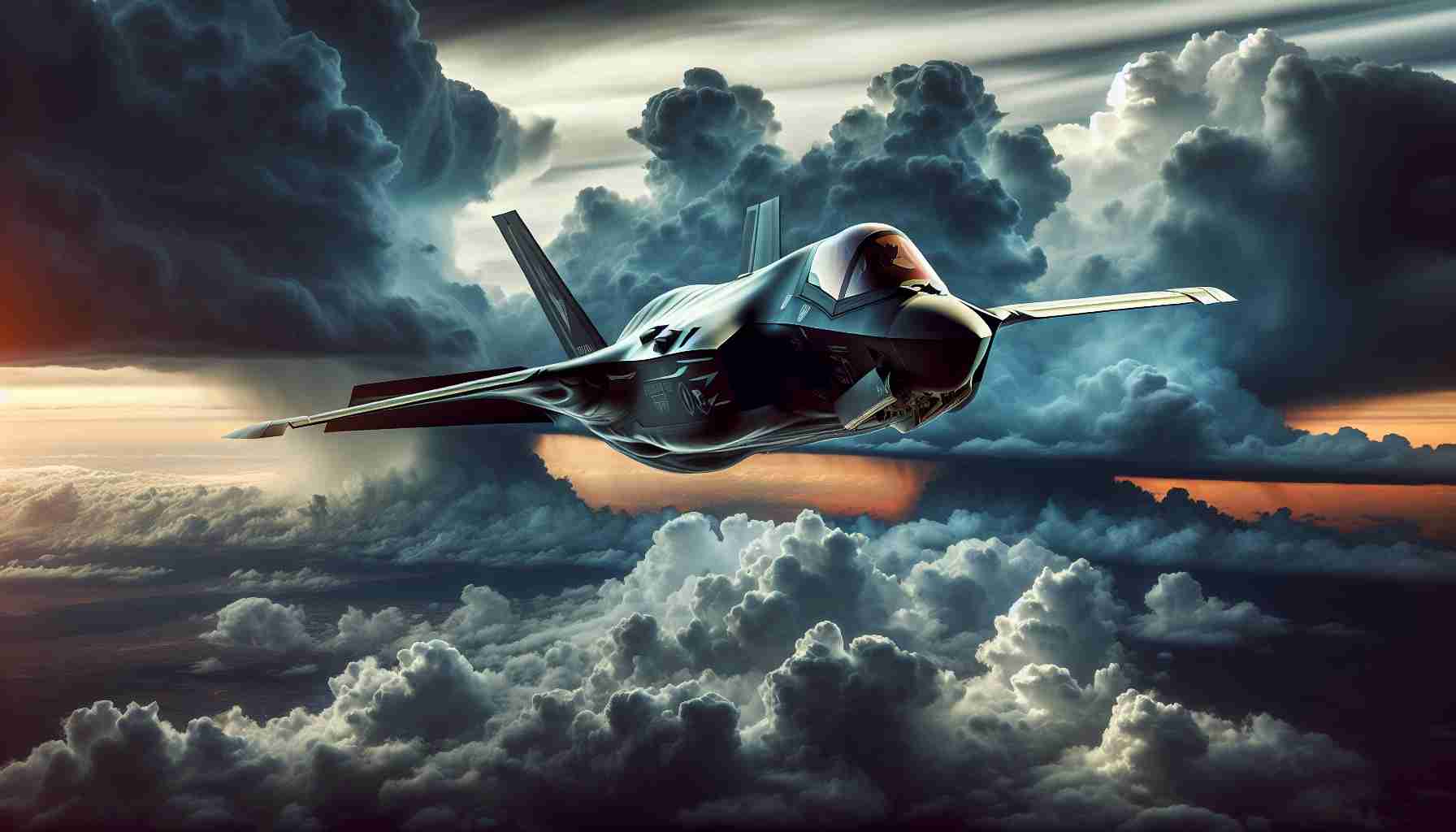- The F-35 jets are failing to meet availability targets, with overall readiness declining over five years.
- Lifetime sustainment costs have surged from $1.1 trillion to $1.58 trillion since 2018.
- Operating costs are now estimated at $6.8 million per aircraft annually, exceeding initial predictions.
- Delays in modernization and upgrades are further complicating the F-35 program.
- Recent crashes have raised serious concerns about the jet’s reliability and safety.
- Criticism from military leaders and personalities suggests a shift in focus towards drone technology.
- The future of the F-35 is uncertain, especially with potential sales to allies in question.
The F-35 fighter jet, the pride of America’s military ambitions, is flying into turbulent skies. Once touted as the pinnacle of defense technology, this high-tech marvel is now grappling with soaring costs and worrying performance setbacks. A recent report from the U.S. Government Accountability Office reveals that none of the F-35 variants—A, B, or C—are meeting their availability targets, with the fleet’s overall readiness plummeting over the past five years.
Costs have spiraled alarmingly, with estimated lifetime sustainment expenses jumping from $1.1 trillion in 2018 to a staggering $1.58 trillion today. Meanwhile, operating costs per aircraft are now projected at $6.8 million annually, far surpassing initial estimates. Manufacturing and modernization issues have compounded these problems, with significant delays in upgrades that are supposed to enhance the jet’s capabilities.
This isn’t just an economic concern; safety is on the line too. High-profile crashes, including a recent incident in Alaska, have raised serious alarms about the jet’s reliability. Military leaders and political figures, including former President Trump and entrepreneur Elon Musk, have criticized the program’s design and cost overruns, suggesting that future innovations might favor drones over traditional manned jets.
As the U.S. continues to consider selling the F-35 to foreign allies like India, the aircraft’s future hangs in the balance. Will this advanced fighter remain a cornerstone of military strategy, or is it destined to become an expensive relic of the past? The takeaway here is clear: the F-35’s promise faces a reality check of execution and sustainability that may reshape how we view aerial combat in the years to come.
The F-35 Fighter Jet: Facing the Future Amidst Controversy!
Current State of the F-35 Program
The F-35 fighter jet, once heralded as a revolutionary addition to the U.S. military arsenal, now faces a multitude of challenges that could redefine its role in modern warfare. Recent reports reveal significant issues, including soaring costs and performance delays, leaving military leaders and analysts questioning its viability for the future.
New Insights and Trends
1. Operational Readiness Crisis: As the U.S. Government Accountability Office (GAO) noted, none of the F-35 variants are achieving their availability targets, resulting in a concerning decline in the overall readiness of the fleet. This operational inefficacy raises serious questions regarding military preparedness.
2. Escalating Financial Burden: The estimated lifetime sustainment costs for the F-35 have dramatically increased from $1.1 trillion in 2018 to $1.58 trillion currently. Additionally, each aircraft’s annual operating cost has surged to approximately $6.8 million, far exceeding earlier projections.
3. Safety and Reliability Issues: Recent accidents, notably a crash in Alaska, have spotlighted safety concerns surrounding the F-35. These incidents have led to scrutiny over the reliability of the jet, compounding worries about its operational dependability.
Important Questions Addressed
1. What are the key factors driving the F-35’s rising costs?
– The increase in costs can be attributed to delays in modernization, supply chain issues, and the complexity of maintaining advanced technology. These factors have exponentially raised the overall financial burden on the program.
2. How does the F-35 compare to emerging military technologies like drones?
– As technological advancements in drone warfare continue to evolve, some military experts suggest that unmanned aerial vehicles could outperform manned jets in certain combat scenarios, challenging the F-35’s future relevance.
3. What are the implications of the F-35’s performance issues for U.S. military strategy?
– The F-35’s ongoing challenges could force military leaders to rethink aerial combat strategies, potentially leading to a shift towards integrating drone technologies and reassessing the reliance on traditional manned fighters.
Additional Features and Specifications
– Variants: The F-35 comes in three main variants (A, B, and C), each designed for different operational environments (conventional takeoff, short takeoff/vertical landing, and carrier operations).
– Advanced Technology: It features stealth capabilities, advanced avionics, and an array of sensors that are intended to provide superior situational awareness.
– International Sales: The U.S. is contemplating further sales of the F-35 to allies such as India, which could influence the aircraft’s long-term production and operational strategy.
Controversies and Insights
The F-35 program has not been without controversy, with criticism stemming from various sectors including military personnel, politicians, and defense analysts. Many point to the problematic aspects of the program’s development, suggesting that a re-evaluation of defense spending priorities is in order.
Market Forecast and Future Considerations
As the operational lifespan of the F-35 continues, forecasts suggest that military investment may pivot towards more efficient and cost-effective technologies. The family of F-35 variants may evolve, or potentially face competition from unmanned systems, which could disrupt traditional fighter jet paradigms in military operations.
For more information on military technology, visit the Department of Defense.
